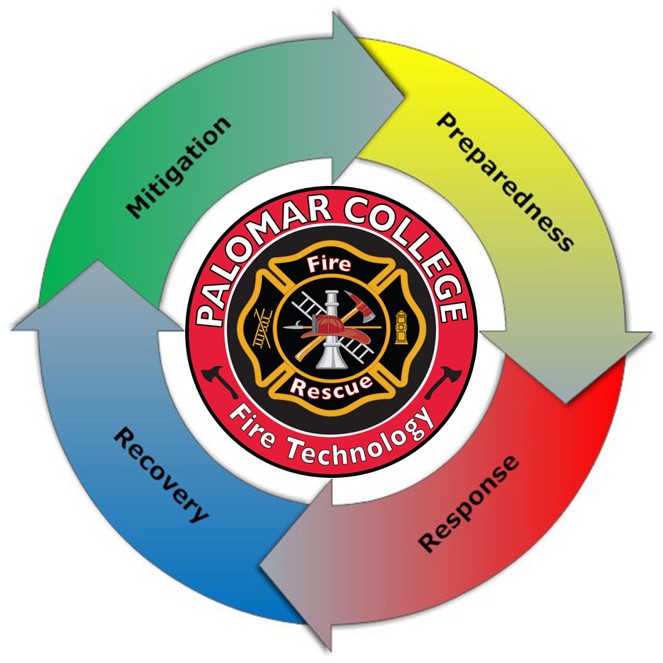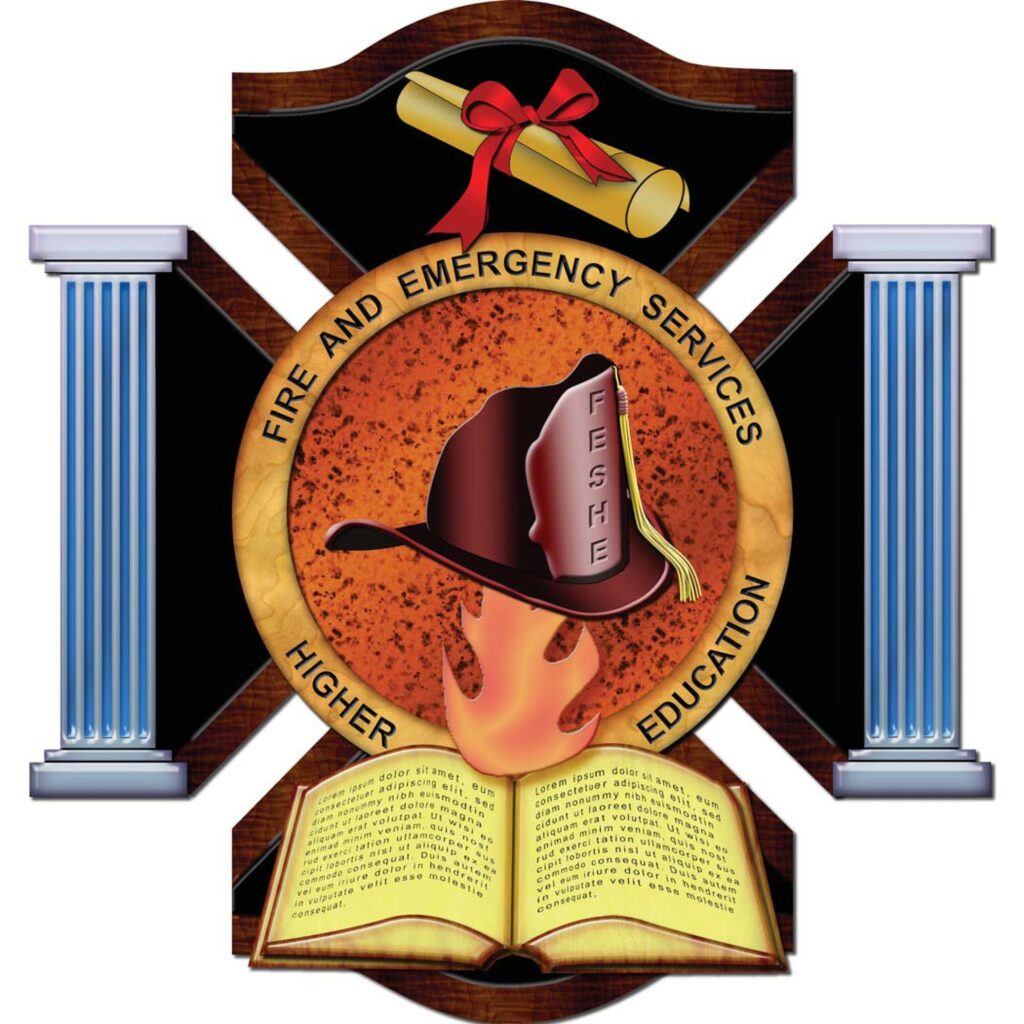
It is a fantastically diverse career field with a favorably projected future job growth. There are various opportunities in public service at all levels of government and a range of sectors, including education, healthcare, and private business.
- Emergency Manager for Cities, Counties, States, and the Federal Government
- Disaster Assessment and Recovery worker
- Community Risk Reduction Specialist
- Emergency Dispatcher
- Municipal and Wildland Firefighter
- Homeland Security
- Emergency Operations Center (EOC)
- Corporate, Business or Non-profit Safety and Risk Manager
An emergency management associate’s degree teaches students about public safety issues, human behavior during crises, cultural factors in emergencies, and the role of government agencies in disasters. Students develop skills in hazard identification and assessment, emergency management systems, and disaster preparedness. Graduates learn to effectively handle emergencies at all stages, including mitigation, preparedness, response, and recovery. The student will be able to define the role of the emergency manager in preparing for and reducing the impacts of hazards across the country and in their community.

This knowledge is provided through the following program courses: Fire Protection Organization, Hazardous Materials, Building Construction, Introduction to Emergency Management, Disaster Response and Recovery, Disaster Mitigation, and Ethics. The Emergency Management classes are part of the Fire and Emergency Services Higher Education (FESHE) program, which adheres to standards recognized across the United States. This ensures it is accepted at most colleges offering a Fire Technology or Emergency Management program.
| Program Requirements | ||
|---|---|---|
| Class | Description | Units |
| FIRE 100 | Fire Protection Organization | 3 |
| FIRE 115 | Hazardous Materials I | 3 |
| FIRE 120 | Building Construction for Fire Protection | 3 |
| FIRE 131 | Introduction to Emergency Management | 3 |
| FIRE 132 | Disaster Response and Recovery | 3 |
| FIRE 133 | Disaster Mitigation | 3 |
| FIRE 142 | Fire Ethics | 3 |
| Total Units | 21 | |
| Elective Courses (Select 12 Units) | ||
| FIRE 51 | Fire Academy Preparation | 2 |
| FIRE 101 | Firefighter Safety | 3 |
| FIRE 118 | Fire Prevention Technology | 3 |
| FIRE130 | Fire Protection and Equipment | 3 |
| FIRE 151 | Fire Fighter I Academy | 20 |
| FIRE 160 | Wildland Fire Control I | 3 |
| FIRE 165 | Fundamentals of Fire Protection Chemistry | 3 |
| FIRE 173 | Legal Aspects of Emergency Services | 3 |
| Total Units | 12 | |
| Total Units (Program Requirements and Electives | 33 |

